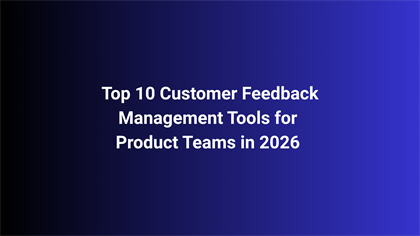
Introduction:
ChatGPT, with its advanced natural language processing capabilities, has emerged as a powerful tool for various applications, from content generation to customer support. However, leveraging ChatGPT to its full potential requires more than just casual interaction. In this guide, we'll delve into the strategies and best practices for using ChatGPT professionally, whether you're a content creator, business owner, or developer.
Understanding ChatGPT:
Before diving into professional usage, let's briefly recap what ChatGPT is. ChatGTP is an AI model developed by OpenAI that excels in generating human-like text based on the input it receives. Trained on vast amounts of text data, ChatGPT can understand context, syntax, and semantics, enabling it to produce coherent and contextually relevant responses across various topics.
Define Your Objectives:
Before using ChatGPT in a professional context, it's crucial to define your objectives clearly. Whether you aim to generate content, automate customer support, or enhance productivity, having a clear goal will guide your interactions with the model.
Choose the Right Interface:
ChatGPT can be accessed through various interfaces, including APIs, web-based platforms, and integrations with existing applications. Depending on your requirements and technical expertise, choose the interface that best suits your needs.
Craft Quality Prompts:
The quality of your prompts significantly influences the quality of ChatGPT's responses. Craft clear, concise, and contextually relevant prompts to elicit accurate and useful answers. Provide sufficient context and avoid ambiguous or vague queries.
Fine-Tune Responses:
While ChatGPT generates impressive responses out-of-the-box, fine-tuning its outputs can further enhance quality and relevance. Experiment with different prompts, adjust parameters such as temperature and length, and provide feedback to refine the model's performance.
Implement Safety Measures:
When using ChatGPT in a professional setting, it's essential to implement safety measures to prevent the generation of inappropriate or sensitive content. Utilize content filters, profanity detection mechanisms, and human oversight to ensure compliance with ethical standards and regulatory requirements.
Monitor Performance:
Regularly monitor ChatGPT's performance and gather feedback from users to assess its effectiveness and identify areas for improvement. Track key metrics such as response accuracy, user satisfaction, and productivity gains to measure the impact of ChatGPT on your objectives.
Iterate and Adapt:
AI models like ChatGPT are not static entities; they continually learn and evolve. Iterate on your interactions with ChatGPT, adapt to changing requirements, and incorporate new insights to optimize performance and maximize value over time.
Consider Ethical Implications:
As with any AI technology, using ChatGPT professionally raises ethical considerations. Be mindful of biases, misinformation, and potential misuse. Strive to promote transparency, fairness, and responsible use of AI in your interactions.
Real-World Applications: Let's explore some real-world applications of using ChatGPT professionally:
Content Generation:
ChatGPT can assist content creators by generating blog posts, articles, social media captions, and product descriptions. By providing prompts and guidelines, content creators can leverage ChatGPT to generate ideas, draft outlines, and even produce full-length content.
Customer Support:
Businesses can deploy ChatGPT-powered chatbots to automate customer support processes. ChatGPT can answer frequently asked questions, troubleshoot common issues, and provide personalized assistance, thereby reducing response times and improving customer satisfaction.
Knowledge Management:
ChatGPT can serve as a knowledge management tool, helping organizations capture, organize, & disseminate information more efficiently. By interacting with ChatGPT, employees can access relevant documents, retrieve procedural information, and collaborate on problem-solving tasks.
Creative Writing:
Authors, screenwriters, and storytellers can use ChatGPT as a creative writing companion. ChatGPT can generate plot ideas, develop characters, and even co-author stories, providing inspiration and overcoming writer's block.
Conclusion:
Mastering ChatGPT for professional usage requires a strategic approach, clear objectives, and continuous refinement. By following best practices, implementing safety measures, and considering ethical implications, users can harness the full potential of ChatGPT to streamline workflows, enhance productivity, and deliver value across various domains. As AI technology continues to advance, the possibilities for professional usage of ChatGPT are limitless, empowering individuals and organizations to innovate and thrive in an increasingly digital world.
Leave a Reply
You Might Like Also

Website Design Mistakes That Hurt Your Business

Brooklyn's Flat Roofing Professionals
















